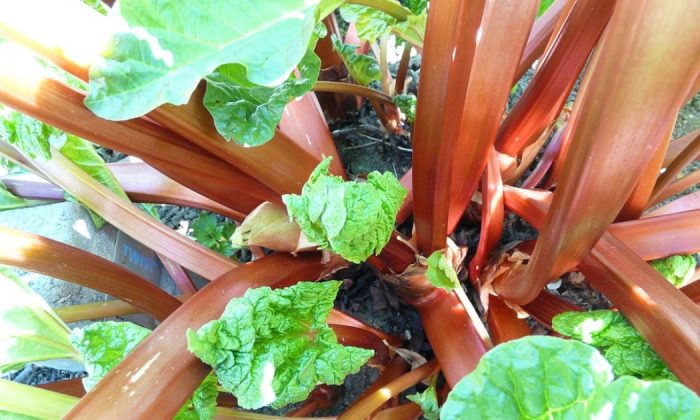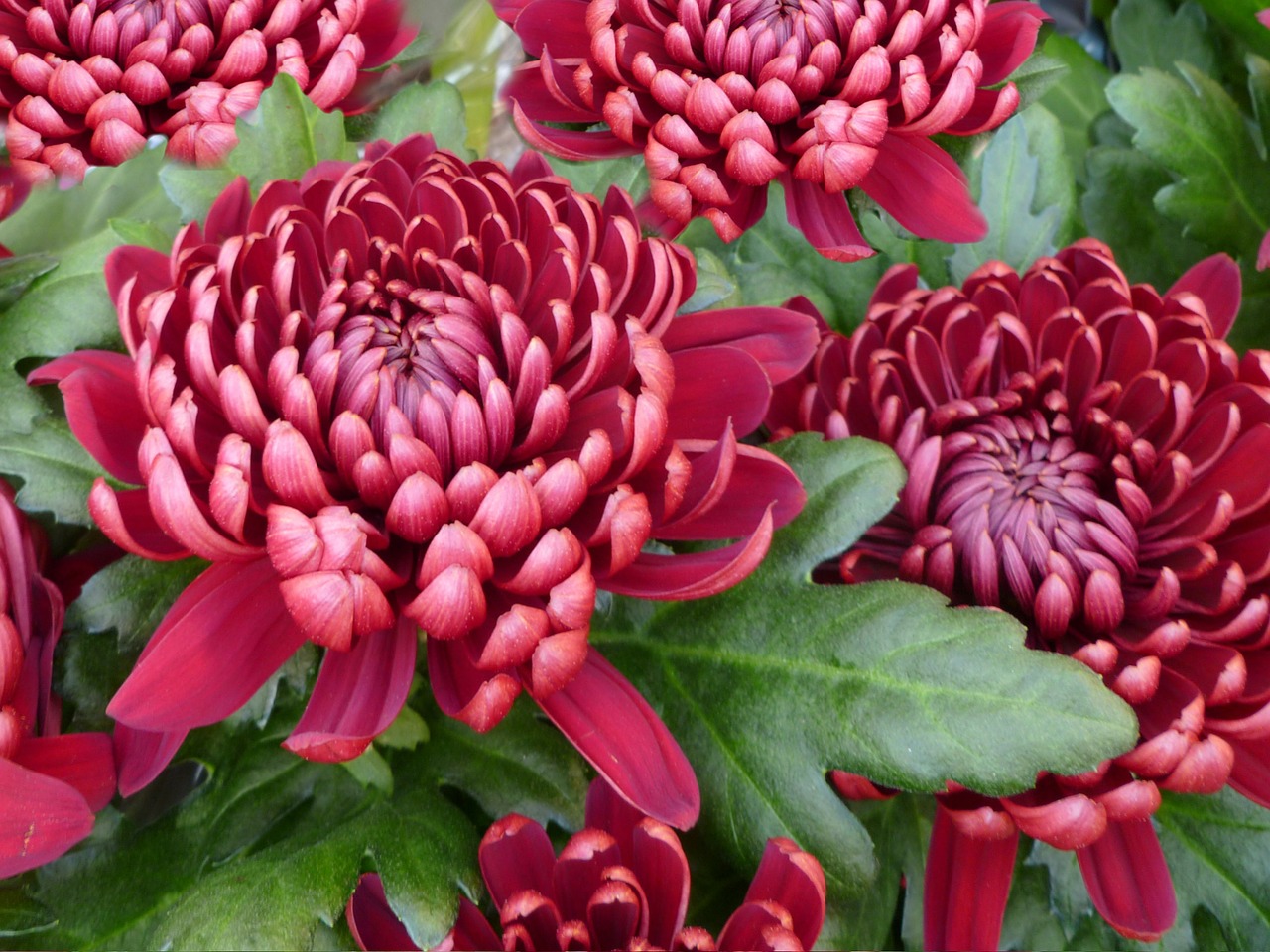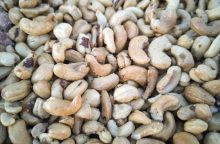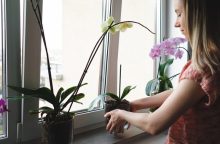The month of March: fertilize rhubarb and plant perennials

Yes, you should start working in your garden already in early spring, and we would like to give you some tips how to start. There may be a slight chance that you have been postponing certain activities. Is that not true? Well, nobody is perfect, but keep in mind that every little spot of your garden deserves your attention during this time.
If you want beautiful rhubarb you need to fertilize it
If your rhubarb grows in optimal conditions, it doesn’t need much, but it pays to fertilize it well during March so, get right on it. Work a well-matured compost into the soil around the plant (only do that if the soil is not covered by snow), and before the first leaves appear, apply 15-20 grams of a combined fertilizer to each square meter. Just distribute the fertilizer evenly and use a hoe to work it in. Nutrients will quickly reach the roots and you will be rewarded with crunchy and long petioles.
Harvesting winter onion
If you sowed winter onions you can harvest it in March but make sure that stems are between 8 mm and 15 mm wide. Winter onions should be eaten raw, but you can also enjoy it steamed or prepared like asparagus for example. Winter onion has a pleasantly spicy taste.
Photo: Pixabay
Pay attention to perennials
Leave the ones that bloom in early spring alone, but summer beauties deserve careful transplanting right now. Especially if they are overgrown. This will give them enough time to regenerate and bloom in due time, but make sure to plant them in the ground immediately. Do not leave them outside in pots (sitting on the flower bed for example). Exposure to the sun or wind for several days is not good for them.
Time to sow broccoli and cauliflower
Do these plants bloom often and you do not want that? Then the most probable cause will be an incorrect date of its sowing. There is a rather easy solution. Put the seeds in a greenhouse in March and plant seedling in the open ground in mid-May. This schedule should do. If you want to grow really strong plants, keep at least three centimetres of space between the seeds. By doing so, you will avoid elongated and low-quality seedlings.
Preview photo: Pixabay

Gardening is my hobby, I have a lot of experience and I am happy to share it.









0 comments